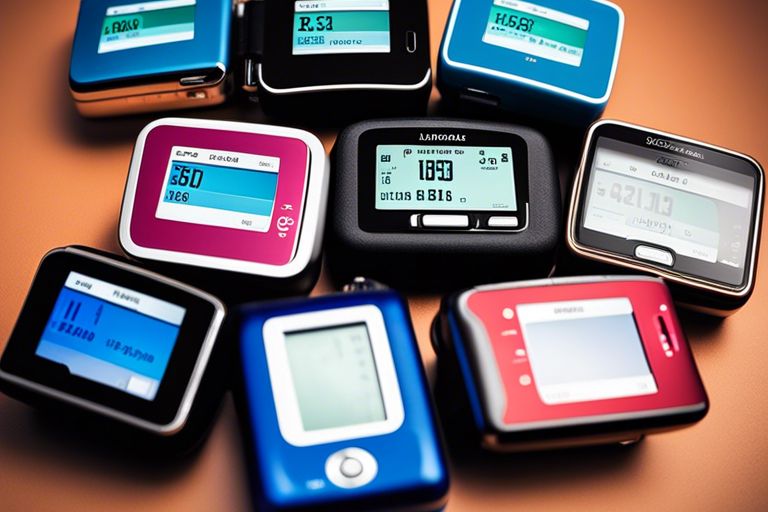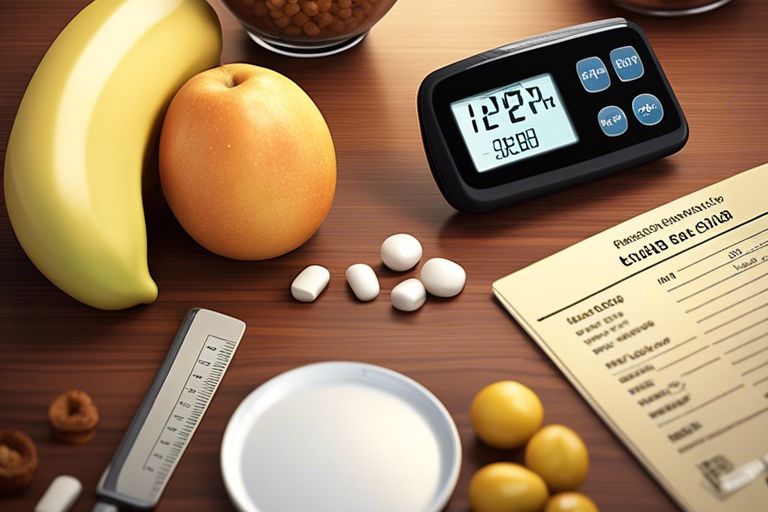What is Ketoacidosis?
Ketoacidosis is a serious complication that can occur in individuals with type 1 diabetes. It is a condition where the body produces high levels of ketones, which are acidic byproducts of fat metabolism. In normal circumstances, the body uses glucose as its primary source of energy. However, in people with type 1 diabetes, the body is unable to produce insulin, a hormone that helps regulate blood sugar levels. Without insulin, the body cannot use glucose for energy and instead starts breaking down fat for fuel. This process leads to the production of ketones.
Causes of Ketoacidosis
Ketoacidosis can be triggered by various factors, including:
- Insufficient insulin dosage
- Missed or delayed insulin injections
- Illness or infection
- Stress
- Dehydration
When insulin is not available or is insufficient, glucose cannot enter the cells, and the body starts breaking down fat for energy. This results in the accumulation of ketones in the blood, leading to ketoacidosis.
Symptoms of Ketoacidosis
Recognizing the symptoms of ketoacidosis is crucial for timely intervention. Common symptoms include:
- Excessive thirst
- Frequent urination
- Abdominal pain
- Nausea and vomiting
- Difficulty breathing
- Confusion
- Weakness or fatigue
- Flushed, dry skin
If you or someone you know with type 1 diabetes experiences these symptoms, it is important to seek medical attention immediately.
Treating Ketoacidosis
Ketoacidosis is a medical emergency and requires immediate treatment. The primary goal of treatment is to normalize blood sugar levels and correct the imbalance of electrolytes in the body. Treatment typically involves:
- Administration of intravenous fluids to rehydrate the body
- Insulin therapy to lower blood sugar levels and halt ketone production
- Monitoring and correction of electrolyte imbalances
In severe cases, hospitalization may be necessary to closely monitor the individual’s condition and ensure proper treatment.
Preventing Ketoacidosis
While it may not always be possible to prevent ketoacidosis, there are steps that individuals with type 1 diabetes can take to reduce the risk:
- Monitor blood sugar levels regularly
- Take insulin as prescribed and avoid skipping doses
- Be vigilant during illness or infection and adjust insulin dosage as needed
- Stay hydrated and drink plenty of fluids
- Seek medical attention promptly if symptoms of ketoacidosis develop
It is important for individuals with type 1 diabetes to work closely with their healthcare team to develop a comprehensive management plan that includes monitoring blood sugar levels, taking insulin as prescribed, and seeking medical care when necessary.




